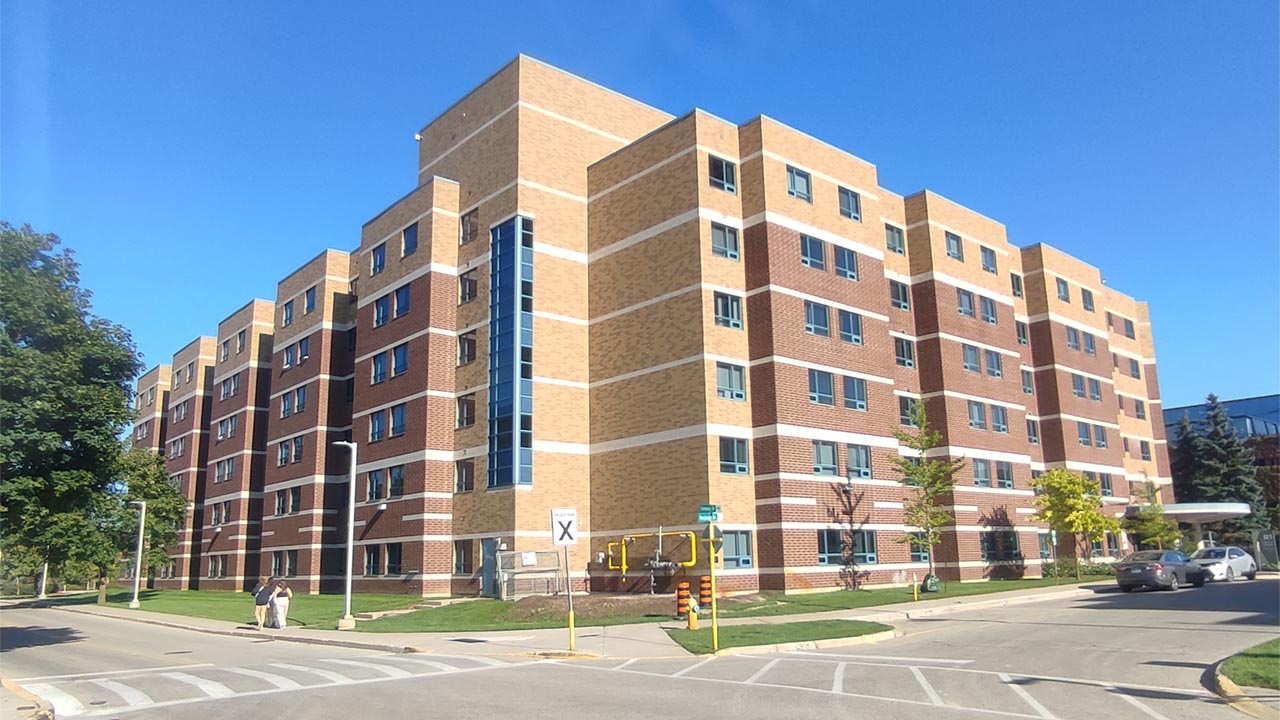City of London, Fanshawe College respond to Ontario's housing crisis
 CREDIT: GRACIA ESPINOSA
CREDIT: GRACIA ESPINOSAThe housing crisis affects the post-secondary community and London as a whole, and both the City and its educational institutions have a role to play in fixing that.
While food and gasoline prices continue to rise, international students need help paying rent, which is becoming increasingly expensive across the province.
“We’re trying to bring more purposeful rentals online, increasing the housing stock so supply and demand pressure can alleviate a little bit,” London Mayor Josh Morgan said. “However, building housing stock in this environment is challenging because cities can approve permits but don’t do the construction.”
At the same time, for those who do work in the development and home building industry, high interest rates, labour shortages, and supply chain issues are all a drag on their ability to bring the permitted approvals to fruition in London.
Morgan has committed to making at least 47,000 units over the next decade.
“When you build a lot of housing, you need supporting infrastructure and all the other things that come with bringing new and more people into a city. That’s where the federal and provincial governments come into play with supportive infrastructure programs, which give us all the pieces of the puzzle to get the approvals so that the building and development community and the non-profit community can use them to create new units,” Morgan explained.
The most controversial solution for the housing crisis is the one proposed by Immigration Minister Marc Miller. In an interview with the Canadian Press, Miller stated that reducing the number of international students may be necessary. According to Michelle Beaudoin, Vice President of Student Services at Fanshawe College, “There are clear immigration targets, and they’re trying at the federal level to get people into the country. We’re trying to participate as a college in bringing people to fill labour market needs.”
A recent report by The Smart Prosperity Institute suggested that “colleges and universities should work with governments and industry to build more residences, and should also share five-year enrolment plans to help municipalities and the private-sector better plan for growth.”
Erica Robertson, General Manager of Campus Living Centres, confirmed that occupancy at Fanshawe residence this year will be 1,610 students, with around 300 currently waitlisted. Beaudoin stated that, however, that some students get waitlisted for residence because they’ve applied as back-up option in case their off-campus housing falls through.
The biggest issue for Fanshawe College is understanding what students want and what they would pay for that. That’s why they created the housing committee a year and a half ago, where they’ve been trying to look at some of the shorter- term solutions. For Beaudoin, building a residence from scratch is a slower process.
The Smart Prosperity Report stated the majority of institutions in Ontario built no new residence spaces during the 2014/15 to 2021/22 period.














